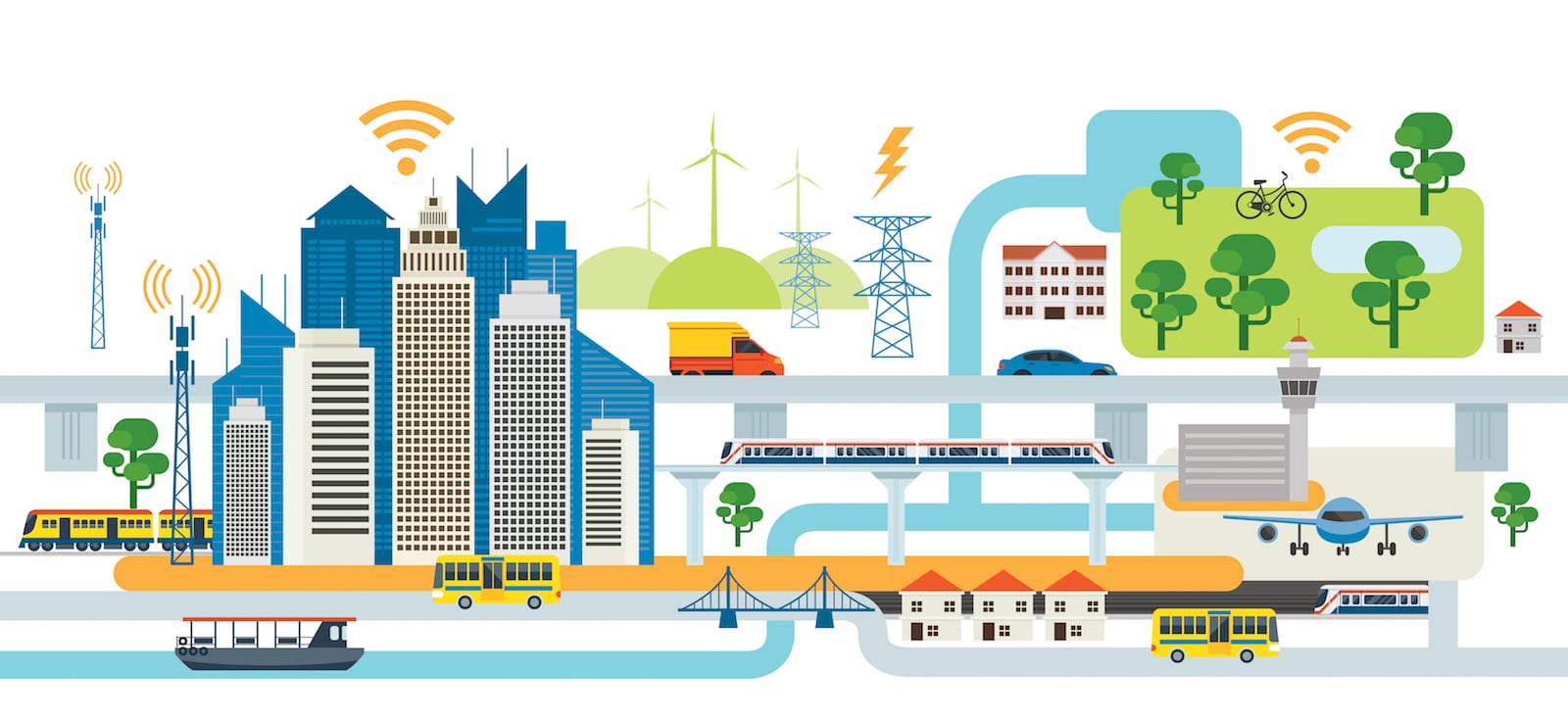


With the advent of rooftop solar and battery storage, however, households, communities, and businesses now have the capacity to generate their own power, reducing their electricity needs from power plants, and exporting excess power to the grid for profit. This means the large power generators and the grid regulator control the flow and price of power. Traditional centralized power distribution systems use a small number of large power plants to meet demand from households, business and infrastructure. “Over the past six years, we have made a big effort to establish a non-profit research and development consortium with industry and academia under the financial support of the Japan Society for the Promotion of Science (JSPS) to study the issues, social and economic impacts and possible solution to problems that can come from new technologies, and such a new wave has led to the establishment of the OPERA project,” says Otsuji. for intelligent on- and off-grid networking. for mobile high-speed communications infrastructure, and Furukawa Electric Co., Ltd. for distributed data centre and their grid-networking, Panasonic Holdings Corp. These include Nippon Telegraph and Telephone (NTT) Corp. The Tohoku-led OPERA project is a collaboration between universities, research institutes and 13 ICT and electrical companies working on the elements of the R-EICT architecture. “We can now achieve this by utilizing the network of 5G and/or Beyond-5G (B5G) telecommunications base stations combined with mobile edge computing to flexibly control and coordinate the rebalancing of power.” “Our goal is to establish an architecture for resilient electrical power and ICT, or R-EICT, that provides autonomous, decentralized and cooperative control of household and regional ‘DC-microgrids’,” he says (see Current ideas). Otsuji is leading a six-year project called Power and Information and Communication Technology (ICT) Convergence. Otsuji explains that through the nationally funded Open Innovation Platform with Enterprises, Research Institute and Academia (OPERA) project under the financial support of the Japan Science and Technology Agency (JST), the university is bringing together industry and academic partners to rethink the architecture of the grid. “This is projected to become a real issue within the next decade, so we must strive to establish a new standard for how this new energy mix is distributed and managed,” he says. “Conventional power grid systems become unstable as the share of renewable energy increases,” says Taiichi Otsuji, from the International Research Institute of Disaster Science (IRIDeS) at Tohoku University in Sendai, Japan. With this trend set to continue - expedited by a local government mandate that all new dwellings in Tokyo be installed with rooftop solar from 2025 - there is an urgent need to overhaul how energy in the local and national grid is managed to maintain the stability of supply and limit outages and failures. In fact, the amount of electricity generated by solar panels is more than 9% of the total power generation in Japan, and it is still increasing. In Japan, the total installed capacity of rooftop solar has leapt from fewer than 5 gigawatts to more than 20 gigawatts over the past 10 years. Rooftop solar and local battery storage has been widely adopted in many countries in recent years as the technology has become more affordable, and the cost of power from fossil fuels has skyrocketed.Īs solar cells become more popular in dense urban environments, local and national energy grids will need a rethink.


 0 kommentar(er)
0 kommentar(er)
